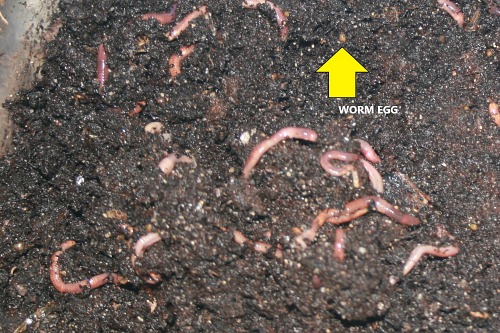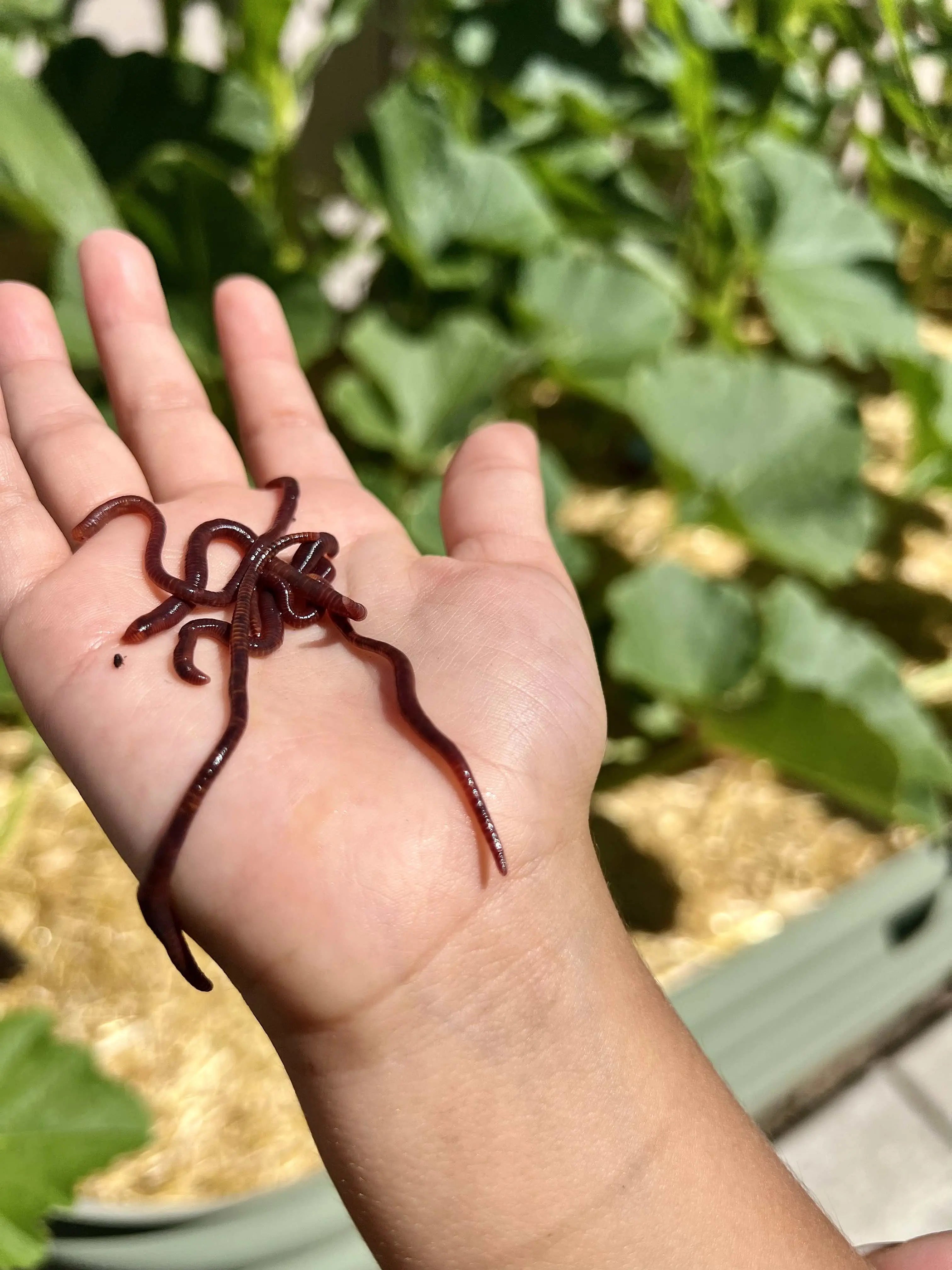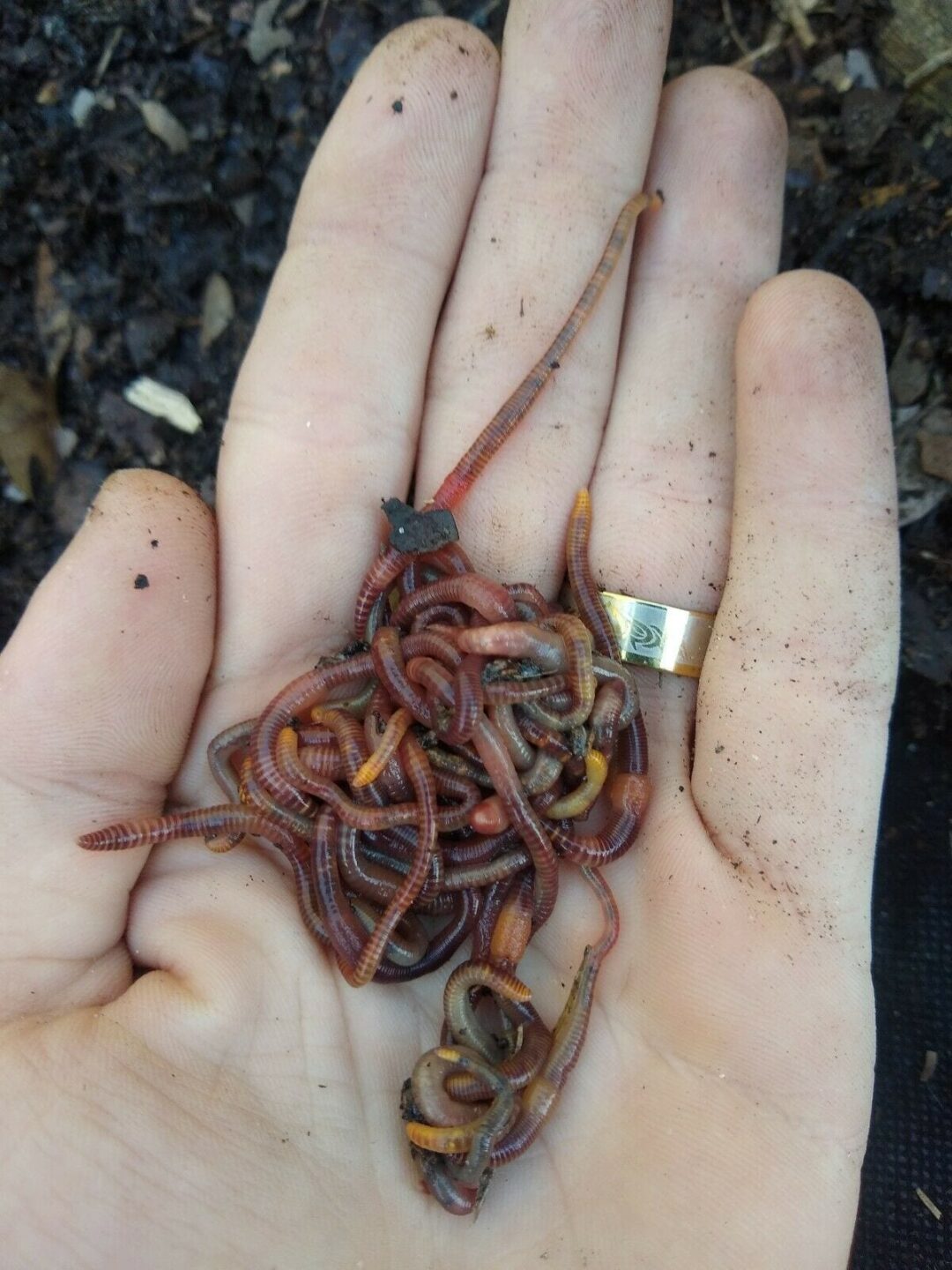Red Wigglers: The Unsung Heroes of Organic Waste Recycling
Red wigglers, or Eisenia fetida, serve as crucial agents in the natural waste recycling process, transforming disposed of materials into beneficial vermicompost. Their effective malfunction of organic issue not just enhances soil high quality yet also adds to sustainable waste management techniques. As the world increasingly seeks options to battle waste buildup and boost farming performance, recognizing the role of these worms comes to be important. What devices permit them to thrive in garden compost settings, and exactly how can they be efficiently utilized in both residential and business setups? Exploring these questions exposes the broader ramifications of vermicomposting in our environmental landscape.
What Are Red Wigglers?
The amazing resilience of red wigglers, medically referred to as Eisenia fetida, highlights their vital duty in organic waste recycling. These small, reddish-brown earthworms are usually located in breaking down natural matter, such as compost heap and manure stacks. Lake Hickory Bait. Unlike other earthworm varieties, red wigglers thrive in nutrient-rich environments and are highly efficient at damaging down organic products, making them vital for vermicomposting

Advantages of Composting With Worms
Composting with worms, specifically red wigglers, uses many advantages that enhance both waste administration and soil health. These worms efficiently break down organic waste, converting it right into nutrient-rich vermicompost that enhances soil. This procedure increases disintegration, allowing for a faster recycling of kitchen area scraps and various other organic materials contrasted to conventional composting techniques.
Furthermore, the vermicompost generated by red wigglers is bristling with beneficial microbes, which help enhance dirt framework, aeration, and wetness retention. This enhances the overall health and wellness of plants, promoting energetic growth and increased yields in yards and agricultural settings. In addition, making use of worms in composting decreases the manufacturing of greenhouse gases, such as methane, adding to an extra lasting waste monitoring system.

Just How to Begin Vermicomposting
Developing a vermicomposting system is a simple procedure that can yield significant benefits for both waste administration and soil enrichment. To begin, choose an ideal container, such as a plastic container or wood box, with ample ventilation openings to make certain correct airflow. The dimensions must ideally be around 2 feet by 3 feet, allowing ample space for the worms to thrive.
Following, prepare bed linen material, which can consist of shredded newspaper, cardboard, or coconut coir. This bedding needs to be moistened to develop an ideal environment for the worms. As soon as the bed linen is in location, introduce red wigglers (Eisenia fetida) into the container, normally around one extra pound of worms for every single square foot of surface location.
Following the placement of worms, add natural waste, such as fruit and veggie scraps, coffee grounds, and crushed eggshells. With these steps, you will efficiently initiate a vermicomposting system that adds to sustainable waste click for more info monitoring and enhances your soil.
Keeping a Healthy Worm Container
Delicately blending the bed linens and food scraps every couple of weeks stops compaction and makes certain that all worms have accessibility to oxygen. Additionally, it is essential to feed the worms properly.
If the bin becomes as well hot or chilly, the worms might end up being stressed out. By carefully handling these factors, one can keep a durable and effective worm bin.
Effect on Sustainable Living
The effective upkeep of a worm bin not just benefits the health and wellness of red wigglers but likewise adds dramatically to sustainable living methods. By reusing natural waste, such as kitchen area scraps and lawn debris, red wigglers aid draw away substantial quantities of product from land fills. This reduction in waste not just lowers greenhouse gas exhausts yet additionally reduces the ecological worry associated with waste monitoring.
Additionally, the castings created by red wigglers act as a nutrient-rich natural fertilizer, boosting soil wellness and promoting plant development. This natural choice to chemical fertilizers sustains sustainable farming and horticulture methods, reducing reliance on artificial inputs that can harm ecological communities. Furthermore, worm composting cultivates awareness of waste monitoring, encouraging individuals and areas to adopt even more lasting practices.

Verdict
In recap, red wigglers work as essential factors to natural waste reusing via their reliable disintegration of natural products. Their capability to create nutrient-rich vermicompost improves soil health and wellness and supports sustainable agricultural practices. By incorporating vermicomposting right into waste monitoring approaches, people and neighborhoods can substantially minimize waste while promoting environmental sustainability. The role of Eisenia fetida in cultivating healthy environments underscores the importance of these organisms in attaining lasting living and improving soil fertility.
Comments on “Find the Best Products for Lawn Care with Red Wiggler Express for Thriving Lawns”